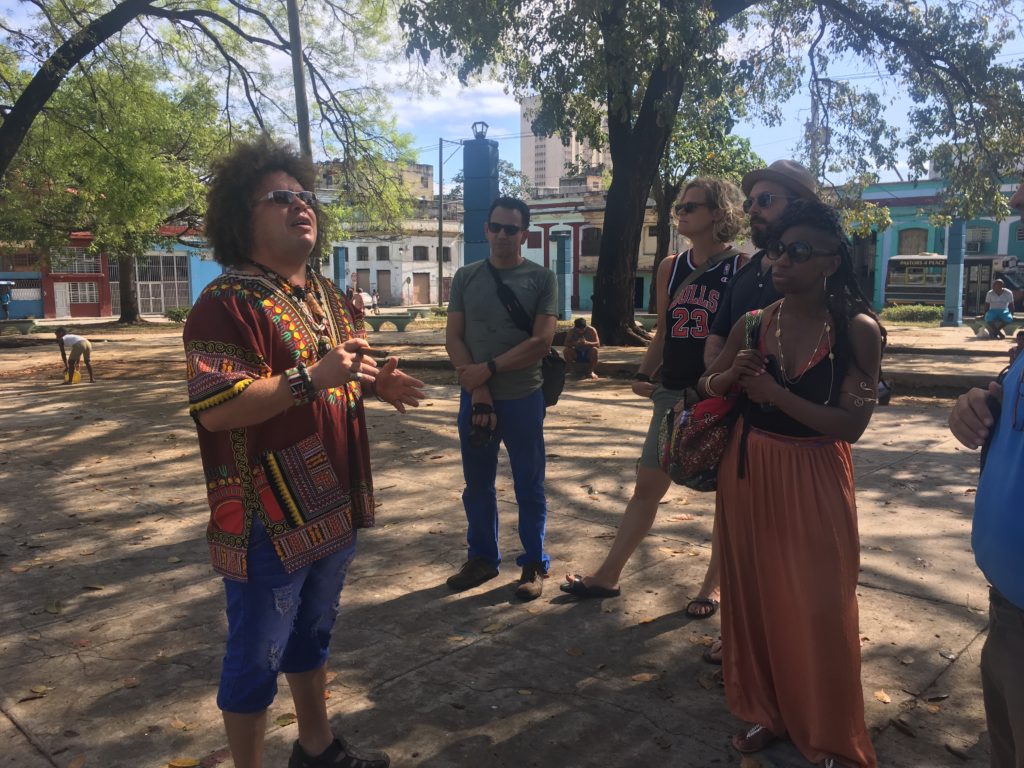The borders opening in Cuba promise to bring about rapid change, with Havana as ground zero. While Cuba has a long history of promoting education and health, there is a dearth of information and other resources dedicated to the development of a civic infrastructure focused on the built environment. Artists and designers in New York City are also grappling with the pressures of building and maintaining community while the gap between rich and poor grows wider and residents are threatened by displacement and the homogenization of their neighborhoods. The question for Havana and New York City is: how do you welcome important investment in urban infrastructure, services and jobs while holding on to what makes neighborhoods special – art, culture and the people who live in them? Hester Street brought together NYC and Havana artists, designers and activists to tackle this question head on.
Over six days in Havana, delegates from the U.S. lived, worked and ate together, sharing their ideas, hopes, fears, greatest challenges and most innovative solutions across our two cultural, political and economic contexts and re-imagine the physical and social future of the island.
DELEGATES: Gonzalo Casals, Director of the Leslie Lohman Museum of Gay and Lesbian Art; Patrick Dougher, Program Director at Groundswell Community Mural Project; Kemi Ilesanmi, Executive Director of the Laundromat Project; Dr. Shonali Saha, specializes in opiate and alcohol addictions and teaches at both Emory and Morehouse Schools of Medicine; Kofi Taha, Associate Director of MITs D-Lab; Andrew Friedman, Co-Executive Director of the Center for Popular Democracy; Catherine Green, Founder and Executive Director of Arst East NY; Mauricio Trenard; accomplished artist and art historian, previously with Hester Street as Education Director for five years.
